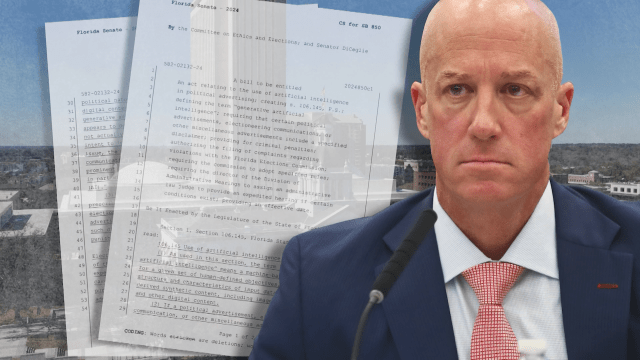A recent legal case asserts that a man from Texas was mistakenly identified as a robbery suspect due to facial recognition software, resulting in his arrest, a lengthy prison stay, and a traumatic incident before his release. Harvey Murphy Jr., aged 61, found himself implicated in a Sunglass Hut robbery in Houston while he was actually in a prison cell in Sacramento, California, located 2,000 km away on January 22, 2022.
The lawsuit, filed in Harris County District Courts in Houston, claims that Murphy was wrongfully pinpointed as a suspect by AI software analyzing low-quality surveillance footage from the Sunglass Hut, leading to his erroneous arrest. Despite evidence proving his innocence, including his physical absence at the scene of the crime, Murphy was detained upon his return to Texas and faced accusations until his alibi was substantiated.
During his incarceration, Murphy reportedly endured a harrowing experience, including physical assault and sexual abuse just before his release. His lawyer, Daniel Dutko, highlighted the ordeal Murphy faced, emphasizing the psychological distress and threats he encountered while in prison.
Following his release and the dismissal of charges, EssilorLuxottica, the parent company of Sunglass Hut, is pursuing a $10 million lawsuit against Murphy. The legal counsel for Murphy underscored the significance of his client’s incarceration in California, which inadvertently served as a solid alibi, preventing a wrongful conviction.
Furthermore, the lawsuit draws attention to the potential dangers of misusing facial recognition technology, cautioning against its application in identifying suspects due to its error-prone nature. It stresses the need for businesses to exercise caution when relying on AI technology for law enforcement purposes, highlighting the risks associated with false positives and the limitations of such systems under varying surveillance conditions.






